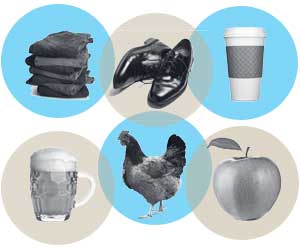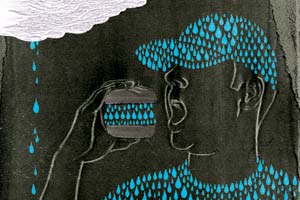“IF IT’S YELLOW, LET IT MELLOW.” The old water conservation slogan is partly right: Toilets are the single biggest consumers of indoor household water, using some 64,000 gallons a second across the United States. But even the mellowest, yellowest commode will eventually send a valuable resource down the drain. Not water—urine.
Nutrient rich and superabundant, urine is a top-rate fertilizer. One person’s yearly output contains enough nutrients to fertilize up to a tenth of an acre of fruits and veggies. Which is why not everybody sends it to the sewer. For more than a decade, 130 households in Stockholm, Sweden, have collected their urine—nearly 40,000 gallons of it per year—and trucked it off to be sprayed on crops. More than 600,000 Chinese households in at least 17 provinces use special urine-diverting toilets to fertilize crops such as sugarcane, watermelons, and peanuts. Farming communities in 17 African countries have also taken up the practice of collecting urine. And in the central Mexican village of Tepoztlán, an environmental group wheels a urine-collecting porta-potty to fiestas and uses the cache on local fields.
For obvious logistical and gross-out reasons, pooling America’s urine has yet to catch on. There are also concerns about the pharmaceuticals in our pee. But when diluted, your own output is safe enough to use in a home garden. For those who are ready to stop flushing, Carol Steinfeld, author of Liquid Gold: The Lore and Logic of Using Urine to Grow Plants, proposes a new slogan: “Urine Charge.”
















